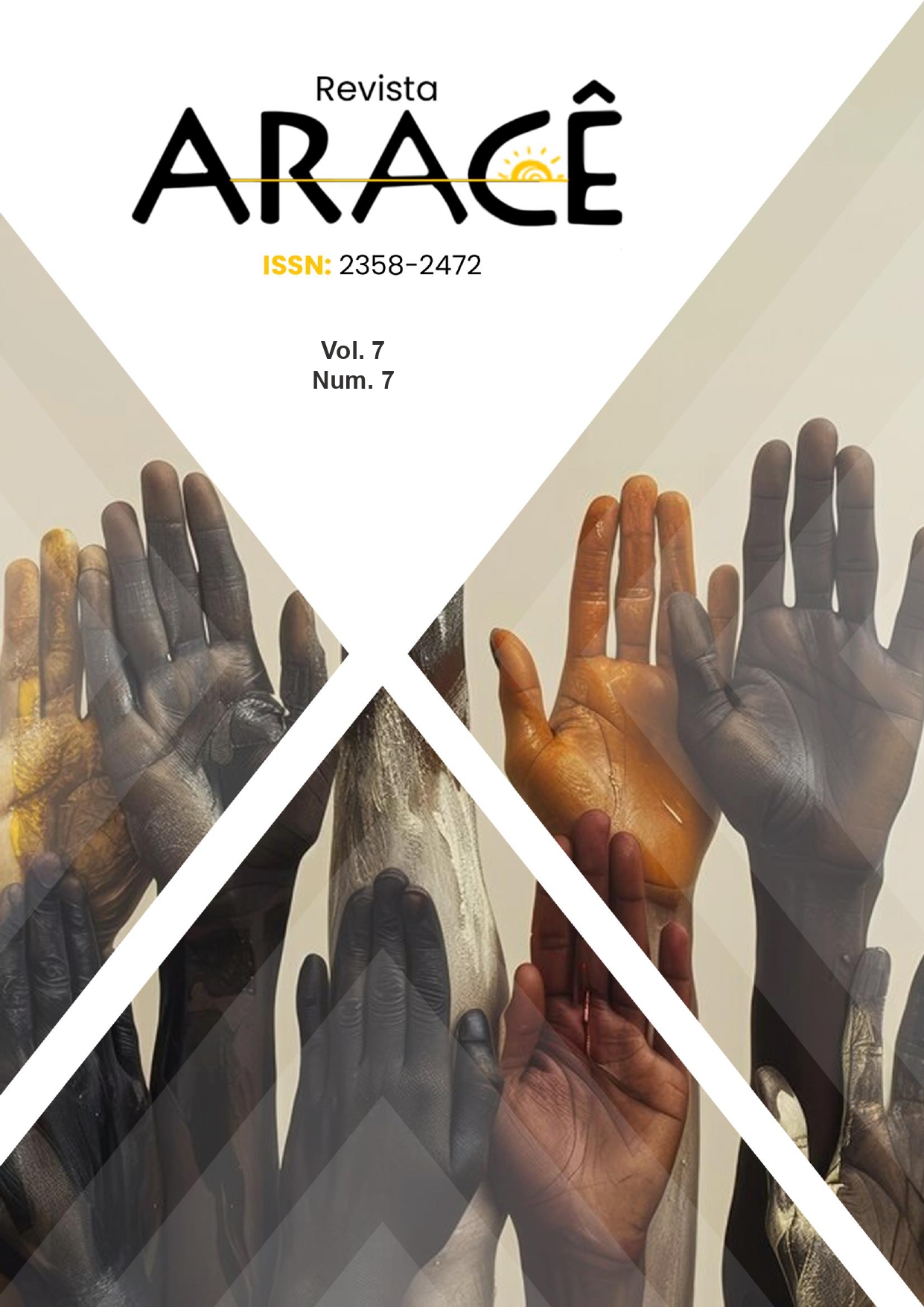CARACTERIZAÇÃO FÍSICO QUÍMICA E MICROBIOLÓGICA DO SABÃO SUSTENTÁVEL PRODUZIDO COM ÓLEO VEGETAL RESIDUAL
DOI:
https://doi.org/10.56238/arev7n7-078Palavras-chave:
Óleo de vegetal residual, Padronização, Sabão sustentávelResumo
Poucas ações de coleta e descarte correto são adotadas para a reciclagem e destinação ambientalmente adequada do Óleo Vegetal Residual – OVR. O sabão sustentável produzido a partir do óleo de cozinha usado é uma alternativa para a minimização desse tipo de resíduo. No entanto, avaliar sua qualidade e propor uma correta padronização para o produto final produzido é um processo pouco utilizado, sendo adotadas técnicas artesanais, com quantidades indefinidas, as quais podem prejudicar a saúde dos recicladores e dos consumidores finais. Para análise prévia será coletado o óleo do restaurante do IFRN campus São Paulo do Potengi, seguido de utilização para fabricação artesanal do sabão sustentável. Na busca de padronização do sabão produzido, será utilizado o laboratório de química do IFRN campus São Paulo do Potengi, local onde o resíduo será caracterizado previamente, para definições, proposições, comparações e Núcleo de Análises de Águas, Alimentos e Efluentes | NAAE para alinhamentos dos prováveis contaminantes identificados. Os parâmetros físico-químicos a serem analisados do óleo coletado com (15 e 30 dias) foram: pH, determinação de acidez, densidade relativa, determinação da umidade e matéria volátil, determinação de impurezas insolúveis em éter e controle microbiológico. Para análise da qualidade do sabão sustentável foram analisados com (7,14,21 e 28 dias) os parâmetros de: pH, aspectos organolépticos e peso médio, perda de massa (durante estocagem), formação de rachaduras, teste de resistência a luz e teste de resistência a água, formação de espuma (Teste de Ross-Miles). Os resultados do óleo vegetal residual coletado e inicialmente para os dois períodos de tempo de armazenamento apresentou um pH de 5,0 considerado ácido e após a reação de saponificação e a adição de hidróxido de sódio passou para um pH básico de 12,0. Verificou-se no óleo coletado com 15 dias, um teor de acidez de 1,02 mg KOH/g e 0,51% de ácido oleico e com 30 dias, um teor de acidez de 0,68 mg KOH/g e ácido oleico de 0,34%, densidade foi respectivamente de 0,9224 e 0,9262, teor de umidade de 0,28% e 0,23%, teor de impurezas de 2,26% (15 dias) e 0,69% (30 dias). . O óleo coletado não apresentou contaminação microbiológica. Observou-se que o sabão inicialmente apresentou um pH bastante básico e após 21 dias de repouso um pH de 10,0. Perda de massa durante a estocagem foi de 1,47% e 1,50% e perda de massa após o teste de resistência a água variou de 3,42% a 23,43% . No teste de resistência a luz apresentou formação de placas (15 dias - 1 amostra e 30 dias – 3amostras), teste Ross- Miles (30cm de fomação de espuma para ambos os sabões). O sabão produzido com óleo de 15 dias apresentou rachaduras em sua estrutura.





